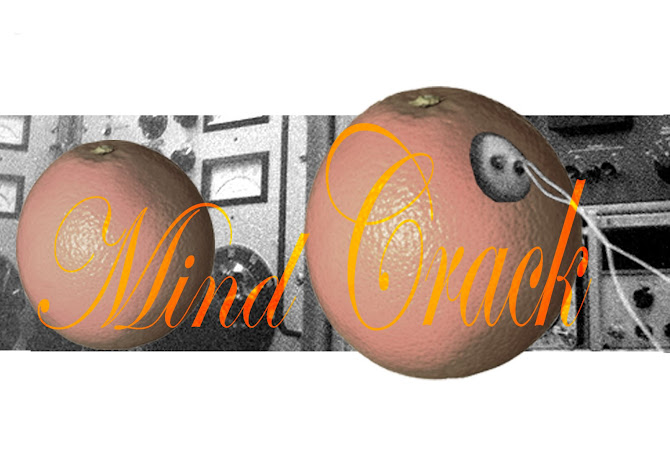
The Salton City is a dreamy real state development that was realized yet not materialized; it is plastic surgery gone wrong; it is after all a disaster (for some a blessing) that everyone tries to avoid, forget or accept, either by a delusional idealization of its past by living its present (this includes ecologists) or by looking away; by looking at what makes sense and will never deform into a monster; the emptiness as an anarchical playground.
There are different types of inhabitants in the City, ones are all year long locals; they love the idea of the Salton Sea, however they avoid its reality by freezing it in time. They have nothing else but this Sea, thus they take a either freakily positive or accepting position on the clearly dysfunctional and abnormal Salton Sea. This hyper-normal attitude can be caused by the lack of a critical comparison of the Salton Sea/City with other Seaside communities; by the acceptance of the horror due to the over-suffering of the situation and feeling helpless about it (this is a pessimism hidden by a thick layer of positivist dementia); or by living in a denial that unlinks the inhabitant from the actual reality of the situation.
However, there are other (temporary) citizens living in this failed real state conceived city, people that did not see the glory of the Salton See through their own eyes, but through the eyes of their relatives and the press. They stay in Salton City during the winter for six to eight months a year. Retired northern Americans and Canadians that came in searching for tranquillity, a warm climate, cheap land, house offers, and for the vastness of the landscape (they avoid the sea, in fact the boat has been substituted by the motorized vehicle). Those elderly couples, which I call Tapperwared snowbirds, due to their tendency of avoiding communal “schizophrenic-like” events, are able to critically understand the Salton City because they don’t habituate the area during the whole year; therefore they acknowledge its reality and choose to consciously avoid it.
There is a third type of inhabitant, the drifter and the RV settler. They are modern day nomads that don’t emotionally engage with the site they occupy; they are mere users of the space and of the taxing bubble. By drifting from site to site, those caravans avoid taxes and a site-specific dementia that would make them fall in love with a distorted image of the, now distant, average community once they belonged to. A drifter becoming a sedentary inhabitant in a Salton City-like community is the equivalent of finding your future wife in a transvestite brothel; it is sacrilege to the politically and socially correct and coherent suburban values.
“Once you get off the bus in Salton City it never gets back to pick you off”

No comments:
Post a Comment